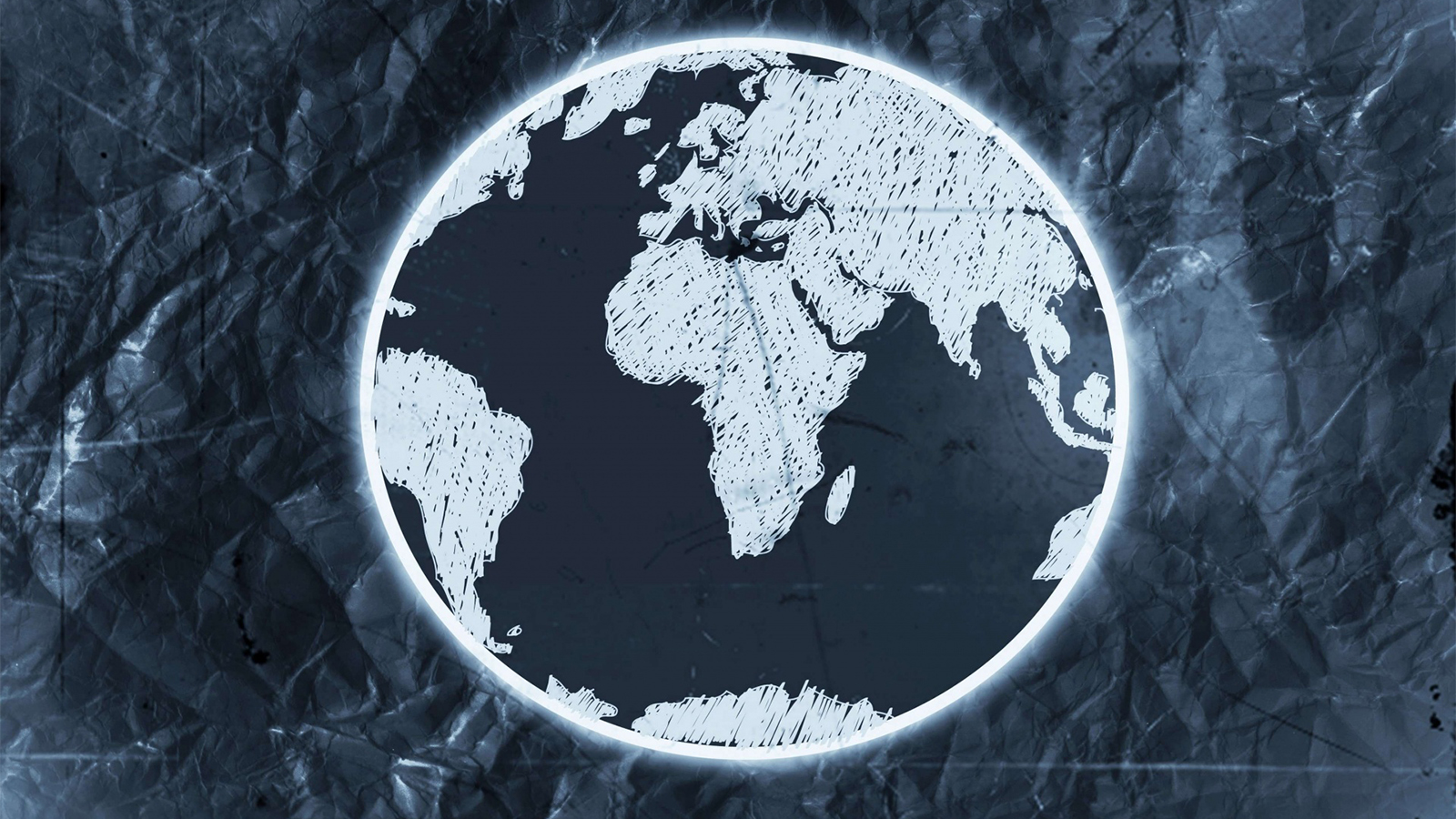Scientists have been trying to figure out the age of the Earth for centuries. The process is not as simple as it might seem, and there is no exact answer. There are a few different methods that scientists use to estimate the age of the Earth. Much history has been recorded about the world’s landmasses and their changes over time. Records from China, Egypt, Greece, and other civilizations reconstruct past geography.
Earth is almost 4.55 billion years old. The oldest rocks on Earth are about 3.96 billion years old, but scientists think the planet formed about 4.5 billion years ago from a large cloud of gas and dust around the Sun (called a nebula). This theory goes back to at least 1785 when English geologist William “Strata” Smith recognized that rock layers were often found in sequences like those near Bath, England.
How Earth Evolved?
Humans have evolved over many generations. This is a short time compared to the age of our planet. Earth has existed for billions of years, and life has evolved on its surface over the last 3.5 billion years or so. Earth started as a barren, inhospitable rock with no light and heat. Then came the Moon and the Sun, which provided some measure of stability to Earth’s surface temperature. Life began in the sea. The first life forms were simple one-celled organisms called prokaryotes. These microscopic single-celled creatures had no nucleus or other internal membrane-bound organelles within their cells.
Over billions of years, the Earth evolved from a cloud of dust and gas to become our planet’s home. The Earth didn’t always look like this, though. When life first formed on Earth, it was nothing more than single-celled bacteria floating in oceans covering the entire planet. Earth lies third in the planetary system. It is the only known planet to support life. According to research and data obtained, it is estimated that Earth might have evolved around 4.55 billion years ago.
Background of Earth
Earth seems to have been a planet frozen in time. But at some point, it was not. At some point in the past, perhaps even before humans were around to think about it and record what they saw, the Earth’s climate shifted considerably. Scientists are still working to understand the delicate dance between the atmosphere, oceans, and tectonic plates that eventually led to Earth’s climate taking its current shape. From the birth of the planet to its eventual death, a lot happened in our world. Earth has formed around 4.5 billion years ago and almost immediately started changing.
Earth has been home to living organisms, including incredibly diverse types of bacteria, for almost that long. Life on Earth began in the ocean, where it still thrives today. The first evidence of life on land comes from fossils of algae-like organisms called cyanobacteria, which are 3.5 billion years old. Among their descendants are green algae and plants such as seaweed and mosses; these multicellular organisms live worldwide.
Atmosphere
Before you can determine how old Earth is, you need to understand what makes up our planet’s atmosphere. The Earth’s air isn’t a single gas, but a combination of different gases that together make up what we call air. Nitrogen and oxygen make up most of our atmosphere; argon, which makes up about 1% of air by volume, has an important role to play as well. But don’t forget carbon dioxide (CO2), water vapor (H2O), methane (CH4) and other trace gases! It’s these trace gases that give Earth its unique smell—and their composition changes depending on where you are in the world. For example, CO2 levels are higher in cities than they are in forests because there are more humans breathing out CO2 than trees breathing it in.
![]()

I want to to thank you for this good read!! I definitely enjoyed every little bit of it. I have you book-marked to check out new stuff you post…